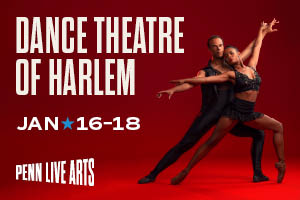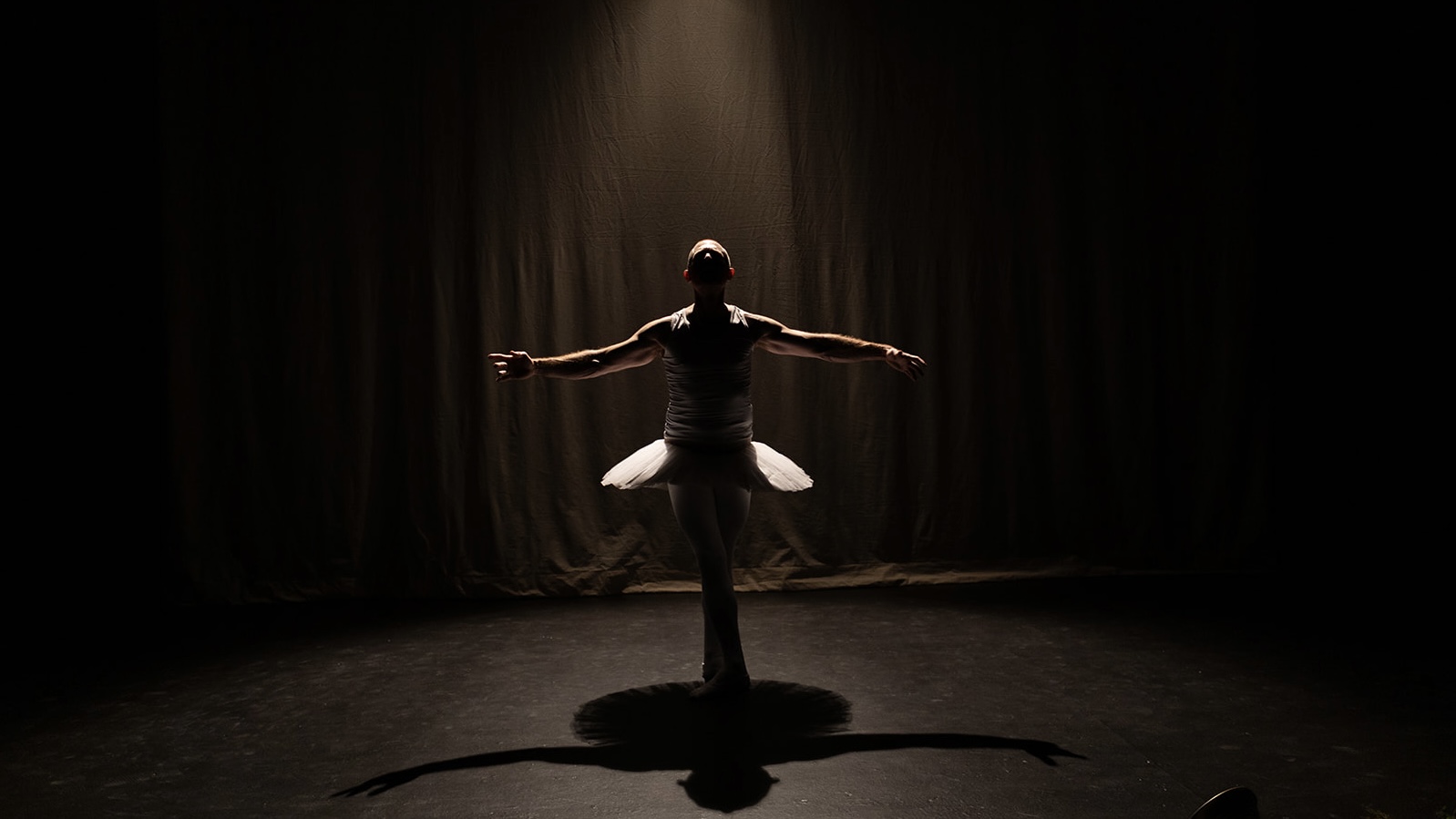
A bank of elevators links all the parts of the Palais Garnier (the Opera Building). You have lots of 30-second conversations riding them. Carolyn (Lucas, of Trisha Brown Co.) and I got to chat with Gilbert Mayr that way. Last week he had been teaching the company class just before our afternoon rehearsal, clearly relishing it, and was usually stretching over time-wise, causing a bit of irritation. But, as we discovered on the elevator, he is nearly 80 and has been working at the opera for 66 years. It’s his place.
.jpg)

Here he is dressed for the final performance of Agnes Letestu, a star whose retirement was mandated, as they all are, by her turning 42. There were huge bouquets of roses for her at reception, waiting for the evening’s performance of La Dame aux Camelias. Gilbert reported back that it was “beyond exquisite, it was ART.”
When we began Decoy rehearsals for several days that week she was trying on toe shoes and asked if it was OK to remain in the studio as we began. What a thought—to be choosing the right shoes for your final couple of performances on the POB stage. I can identify. Leaving Trisha Brown Company, I knew I would not be dancing on the stage of the Brooklyn Academy of Music again, for example. But the order of magnitude of her stardom has nothing to do with my history. And the cut off seems particularly difficult in this case.

The Ballet must continually renew itself though, with younger dancers moving up through the ranks. Was this rule put in place to avoid the sticky wickets of retirement as an individual choice with the resulting eventuality of dancers sometimes staying well beyond their prime?
_ _ _ _ _ _ _ _ _
Waiting for the elevator, the artisanal chocolates offered graciously to me and Carolyn by one of the gentlemen in the administration were scrumptious. Lightly perfumed with lavender.
That gesture was emblematic of company culture. Although competition is the continually underlying subtext, and dancers must prove themselves each year by performing an audition piece for possible elevation to the next rank, their outer comportment is elegant, generous and perfectly composed. This reminds me that it was Louis the XIV who founded this outfit in the first place.

At the Thursday morning meetings to assign space and rehearsals, the group of former dancers now in charge at the Paris Opera Ballet sits around an oblong table with a vast view toward Sacre Coeur out the window, and haggles over the next week’s rehearsal schedule, day by day. With three huge studios and a passel of smaller ones, both apportioning space and the distribution of dancers is often a challenge. Many works are in rehearsal simultaneously and several of the favored dancers are needed in more than one set of rehearsals.

This “land grab” meeting is contentious only in the most jocular and refined way. Mediating between getting what one needs and deferring respectfully plays out with joking and laughter. It’s like a game of cards—you play them at the right time, and you choose your battles or when to fold. Of the three Maîtres de Ballet, Clotilde is the most vocal, but she is in charge of rehearsing Sleeping Beauty (La Belle au Bois Dormant) with its huge cast and myriad solos. She declares her wishes definitively, but with a Mona Lisa smile. I visualize, through her, and the other Maîtres de Ballet and their Assistants, the transmission of the art of ballet from the Sun King’s time. There is justifiable pride in this legacy. It is understood that this is the finest company, or among the finest, in the world* and that these are the people upholding its excellence.
This sign is above the stage of the Opera Garnier, reminding us of its provenance.

Two thousand people are employed by the Opera and Ballet. In the hallways on the way to the studios, near the stage or in the café where stagehands, costumers, administrators, dancers and singers mix, people generally say hello, and the younger dancers in a deferential way.


We rub shoulders whether traveling up the elevator to 4S where all the big studios and administrative offices are, Plateau (the stage level), or any of the floors in between with dancers’ and singers’ dressing rooms, costume shops and technical spaces.



If I could work anywhere besides on the dances it would be on costumes. The one on the right is for Deux Mensonges by Jiri Kylian who was working at the Opera today. This piece and a premiere by Saburo Teshigawara will share the program with Glacial Decoy . More about our progress in the next post.
* * * * * * * * *
*This is paraphrased from a statement by POB director Brigitte LeFevre in the Wiseman documentary during a talk exhorting the dancers to give their best.
All photos with the exception of Michel Lidvac’s photo of Agnes Letestu are by Lisa Kraus.
The first post in this series, A Decade’s Difference, is here.






